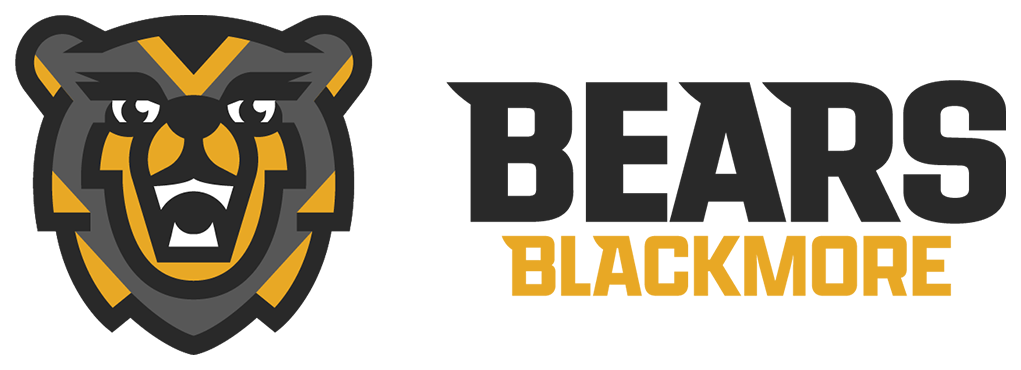Last school year, local artist and alumni Jim Clements visited USD 490 elementary schools to demonstrate painting portraits with oil paint. This year, Clements is returning to each of our elementary schools for two-hour workshop sessions that will allow students to actually paint a portrait themselves.
It is rare for elementary aged students to have the opportunity to use oil paints in school, as it can be fairly expensive to purchase all of the needed materials. To help make this possible for USD 490 students, Clements sold the animal portraits he began during last year’s elementary demonstrations and used that money to purchase all of the paint and terpenoid.

As the supplies were being passed out, Clements told students about the subject of their painting. He chose a photo of one of the dogs he and his wife adopted whose name was Max. He selected that particular photo of Max because there was great contrast between the light and shadow.

Clements talked to students about breaking images up into smaller shapes to help determine proportion and make painting easier.
“You always have a triangle from the corners of the eyes to the nose,” Clements said.

He pointed out how the light colors reveal the subject and how the negative space, or the space around the subject, has a shape too.
Students watched two short videos on the development of an oil painting, which is quite different from the watercolor painting they are familiar with using. When oil painting, the terpenoid is used to thin the paint, but it does not dilute the color as water does in watercolor painting. Clements demonstrated several basic color mixes using the Zorn palette to create the colors and values, or shades, that students might see in the portrait.
He advised them to hold the paint brush up in front of their picture and squint to help identify whether or not the color matched. By removing the detail of the image by squinting, it is easier to focus on the colors themselves.

Equipped with a 5 x 7-inch canvas, paint brush, Zorn palette (which includes while, yellow, red, and ivory black paint), small cup of terpenoid, and a paper towel, students set to work recreating the photo of Max using their oil paints.
While Clements typically uses a thinned down paint or charcoal to sketch the basic shapes, students used a pencil, which allowed them more flexibility to explore the shapes and how they would connect before committing to a particular layout.

Clements suggested beginning with the dark colors and adding layers of color that add more detail as they go, rather than trying to start with the details and try to add the shadows after.
Both Clements and Elementary Art Teacher Ira Bane reminded students that there is no such thing as perfect, and the purpose of art was to enjoy it, not stress about perfection. Clements shared two of his own paintings of Max that he had tried to complete in the same amount of time as students were going to have.

“It’s not going to be a masterpiece in such a short amount of time; just have fun,” Clements said.
Clements and Bane helped students learn how to mix colors, change color values, identify shapes, and provided encouragement while the students painted their portraits of Max. By the end of the allotted time, all of the canvases were filled and there were some great artistic renderings of Max.
“It’s amazing how at such a young age some of them just get it—they really see it,” Skelly Fifth Grade Teacher Rusty Williams said.

Clements visited Skelly’s fifth grade classes on January 4 and Blackmore’s third graders on January 8. He will be with Grandview’s fourth grade classes on January 17.
For more information on Jim Clements or his artwork, please visit his website: https://www.jimclementsart.com/about.

